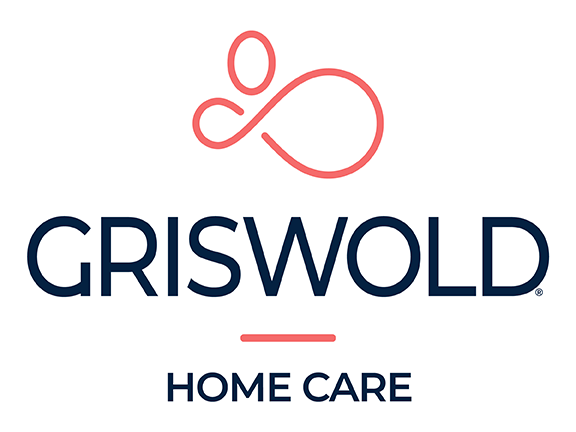What if we told you that there is a way to boost your loved one’s energy, independence, mood, memory/mental functioning and pain management? Of course you’d be interested. Well, here it is, and it’s no secret: regular exercise. This week on the Griswold Blog, we’re honoring Physical Wellness Month with information and tips to help your loved one lead an active lifestyle and reap the whole-body benefits that exercise provides.
 First, it’s important to note that an “active lifestyle” does not require formal exercise or a gym membership. No matter your loved one’s age, health or fitness level, he or she can reap the benefits just by increasing activity in small steps and non-strenuous ways.
First, it’s important to note that an “active lifestyle” does not require formal exercise or a gym membership. No matter your loved one’s age, health or fitness level, he or she can reap the benefits just by increasing activity in small steps and non-strenuous ways.
In fact, there was a six-year study performed that backs this up. Researchers at the U.S. National Institute on Aging — the “Leader in Aging Research” — monitored 302 elderly volunteers, aged 70 to 82. They concluded that any amount of regular activity was closely linked with a longer lifespan, with the 30% most physically active volunteers being 69% less likely to die than the 30% least active.
In other words: The 30% most physically active elderly volunteers burned 600 calories more per day than the 30% least active — regardless of the type of physical activity they engaged in.
What does 600 calories mean to an elderly person? On average, it’s about two hours worth of physical activity. Here are some ways your loved one can burn extra calories without strain or pain:
1.Mow the lawn with a push mower
2.Walk the dog — check out our blog post about the benefits of a “furry friend” for your loved one.
3.Park the car at the far end of the grocery store parking lot, or walk to the store if possible
4.Walk up stairs a little more each day
5.Walk around while talking on the phone by using a portable or cell phone
6.If your loved one is resistant to long walks, tell him or her to break it up by walking around the block one time, four times a day
7.Every time commercials come on TV, get up and do some stretching or low-impact movement exercises
8.Use a hose to water the flowers and plants instead of a sprinkler
9.If your loved one takes the bus, maybe he or she could get off at an earlier stop to add some wholesome walking time
For the elderly, becoming more active is not as difficult or strenuous as some people think it is. By breaking up a thirty minute walk into three 10-minute jaunts or doing some therapeutic yoga poses during commercial breaks, the calories burn up without strain or pain. In fact, most of these activities won’t seem like “exercise” at all — especially if you join your loved one and turn it into some quality time together.
The quest for elderly physical wellness continues on Wednesday! Check back or subscribe so you don’t miss our next post on deflating fitness fallacies.
